Benzoyleneurea
Modify Date: 2025-08-25 20:56:50
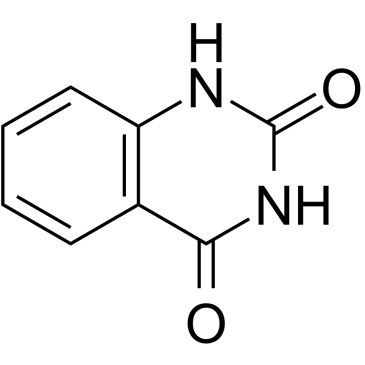
Benzoyleneurea structure
|
Common Name | Benzoyleneurea | ||
|---|---|---|---|---|
| CAS Number | 86-96-4 | Molecular Weight | 162.145 | |
| Density | 1.3±0.1 g/cm3 | Boiling Point | 491.9ºC at 760 mmHg | |
| Molecular Formula | C8H6N2O2 | Melting Point | 300 °C(lit.) | |
| MSDS | N/A | Flash Point | N/A | |
Use of BenzoyleneureaBenzoyleneurea possesses anti-bacterial activity. Benzoyleneurea scaffold can be used in the synthesis of novel protein geranylgeranyltransferase-I (PGGTase-I) inhibitors[1]. |
| Name | Benzoyleneurea |
|---|---|
| Synonym | More Synonyms |
| Description | Benzoyleneurea possesses anti-bacterial activity. Benzoyleneurea scaffold can be used in the synthesis of novel protein geranylgeranyltransferase-I (PGGTase-I) inhibitors[1]. |
|---|---|
| Related Catalog | |
| References |
| Density | 1.3±0.1 g/cm3 |
|---|---|
| Boiling Point | 491.9ºC at 760 mmHg |
| Melting Point | 300 °C(lit.) |
| Molecular Formula | C8H6N2O2 |
| Molecular Weight | 162.145 |
| Exact Mass | 162.042923 |
| PSA | 65.72000 |
| LogP | 0.55 |
| Index of Refraction | 1.587 |
Synonym:2,4(1H,3H)-Quinazolinedion Section 2 - COMPOSITION, INFORMATION ON INGREDIENTS
Risk Phrases: None Listed. Section 3 - HAZARDS IDENTIFICATION EMERGENCY OVERVIEW
Not available. Potential Health Effects Eye: May cause eye irritation. Skin: May cause skin irritation. May be harmful if absorbed through the skin. Ingestion: May cause irritation of the digestive tract. May be harmful if swallowed. Inhalation: May cause respiratory tract irritation. May be harmful if inhaled. Chronic: Not available. Section 4 - FIRST AID MEASURES Eyes: Flush eyes with plenty of water for at least 15 minutes, occasionally lifting the upper and lower eyelids. Get medical aid. Skin: Get medical aid. Flush skin with plenty of water for at least 15 minutes while removing contaminated clothing and shoes. Ingestion: Get medical aid. Wash mouth out with water. Inhalation: Remove from exposure and move to fresh air immediately. Notes to Physician: Treat symptomatically and supportively. Section 5 - FIRE FIGHTING MEASURES General Information: As in any fire, wear a self-contained breathing apparatus in pressure-demand, MSHA/NIOSH (approved or equivalent), and full protective gear. Extinguishing Media: Use water spray, dry chemical, carbon dioxide, or chemical foam. Section 6 - ACCIDENTAL RELEASE MEASURES General Information: Use proper personal protective equipment as indicated in Section 8. Spills/Leaks: Vacuum or sweep up material and place into a suitable disposal container. Section 7 - HANDLING and STORAGE Handling: Avoid breathing dust, vapor, mist, or gas. Avoid contact with skin and eyes. Storage: Store in a cool, dry place. Store in a tightly closed container. Section 8 - EXPOSURE CONTROLS, PERSONAL PROTECTION Engineering Controls: Use adequate ventilation to keep airborne concentrations low. Exposure Limits CAS# 86-96-4: Personal Protective Equipment Eyes: Not available. Skin: Wear appropriate protective gloves to prevent skin exposure. Clothing: Wear appropriate protective clothing to prevent skin exposure. Respirators: Follow the OSHA respirator regulations found in 29 CFR 1910.134 or European Standard EN 149. Use a NIOSH/MSHA or European Standard EN 149 approved respirator if exposure limits are exceeded or if irritation or other symptoms are experienced. Section 9 - PHYSICAL AND CHEMICAL PROPERTIES Physical State: Powder Color: light pink Odor: Not available. pH: Not available. Vapor Pressure: Not available. Viscosity: Not available. Boiling Point: Not available. Freezing/Melting Point: 300 deg C Autoignition Temperature: Not available. Flash Point: Not available. Explosion Limits, lower: Not available. Explosion Limits, upper: Not available. Decomposition Temperature: Solubility in water: Specific Gravity/Density: Molecular Formula: C8H6N2O2 Molecular Weight: 162.15 Section 10 - STABILITY AND REACTIVITY Chemical Stability: Stable under normal temperatures and pressures. Conditions to Avoid: Incompatible materials. Incompatibilities with Other Materials: Strong oxidizing agents. Hazardous Decomposition Products: Nitrogen oxides, carbon monoxide, carbon dioxide. Hazardous Polymerization: Will not occur. Section 11 - TOXICOLOGICAL INFORMATION RTECS#: CAS# 86-96-4: VA1390000 LD50/LC50: CAS# 86-96-4: Oral, mouse: LD50 = >3 gm/kg. Carcinogenicity: Benzoyleneurea - Not listed by ACGIH, IARC, or NTP. Other: See actual entry in RTECS for complete information. Section 12 - ECOLOGICAL INFORMATION Section 13 - DISPOSAL CONSIDERATIONS Dispose of in a manner consistent with federal, state, and local regulations. Section 14 - TRANSPORT INFORMATION IATA Shipping Name: Not regulated. Hazard Class: UN Number: Packing Group: IMO Shipping Name: Not regulated. Hazard Class: UN Number: Packing Group: RID/ADR Shipping Name: Not regulated. Hazard Class: UN Number: Packing group: Section 15 - REGULATORY INFORMATION European/International Regulations European Labeling in Accordance with EC Directives Hazard Symbols: Not available. Risk Phrases: Safety Phrases: S 24/25 Avoid contact with skin and eyes. WGK (Water Danger/Protection) CAS# 86-96-4: No information available. Canada None of the chemicals in this product are listed on the DSL/NDSL list. CAS# 86-96-4 is not listed on Canada's Ingredient Disclosure List. US FEDERAL TSCA CAS# 86-96-4 is not listed on the TSCA inventory. It is for research and development use only. SECTION 16 - ADDITIONAL INFORMATION N/A |
CHEMICAL IDENTIFICATION
HEALTH HAZARD DATAACUTE TOXICITY DATA
|
| Safety Phrases | S24/25-S22 |
|---|---|
| WGK Germany | 2 |
| RTECS | VA1390000 |
| HS Code | 2933990090 |
| Precursor 10 | |
|---|---|
| DownStream 9 | |
| HS Code | 2933990090 |
|---|---|
| Summary | 2933990090. heterocyclic compounds with nitrogen hetero-atom(s) only. VAT:17.0%. Tax rebate rate:13.0%. . MFN tariff:6.5%. General tariff:20.0% |
| 1H,3H-quinazoline-2,4-dione |
| 2-keto-4-quinazolinone |
| 1H-quinazoline-2,4-dione |
| quinazolinedione |
| Quinazoline-2,4-dione |
| benzouracil |
| 4-Dihydroxy quinazoline |
| 2,4-dioxo-1,2,3,4-tetrahydroquinazoline |
| quinazolin-2,4(1H,3H)-dione |
| 2,4-quinazolinediol |
| Quinazolin-2,4-dione |
| 2,4(1H,3H)-Quinazolinedione |
| Chinazolin-2,4(1H,3H)-dion |
| ghko |
| 2,4-quinazolinedione |
| 2,4(1H,3H)-Quinaozinedione |
| EINECS 201-712-6 |
| 2,4-DIHYDROXYQUINAZOLINE |
| benzoylene urea |
| quinazoline-2,4-diol |
| MFCD00006699 |
| quinazoline-2,4(1H,3H)-dione |
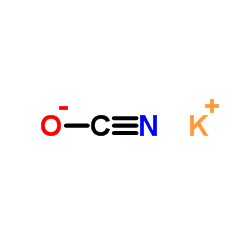 CAS#:590-28-3
CAS#:590-28-3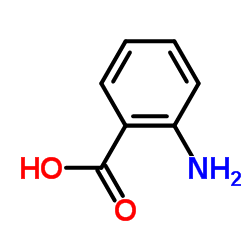 CAS#:118-92-3
CAS#:118-92-3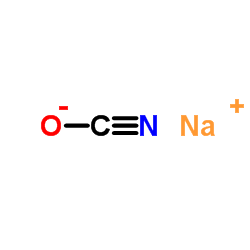 CAS#:917-61-3
CAS#:917-61-3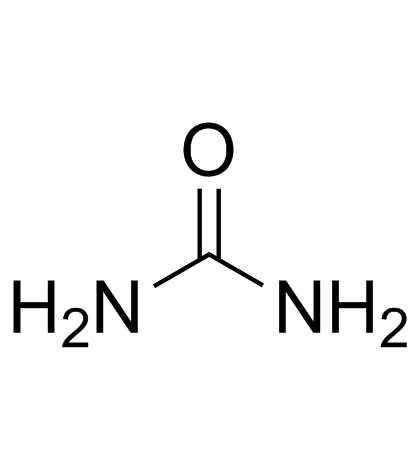 CAS#:57-13-6
CAS#:57-13-6 CAS#:201230-82-2
CAS#:201230-82-2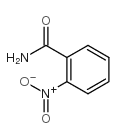 CAS#:610-15-1
CAS#:610-15-1 CAS#:124-38-9
CAS#:124-38-9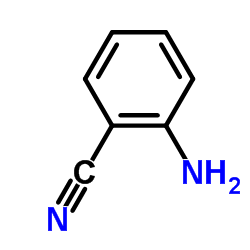 CAS#:1885-29-6
CAS#:1885-29-6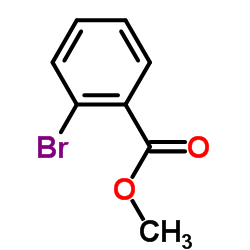 CAS#:610-94-6
CAS#:610-94-6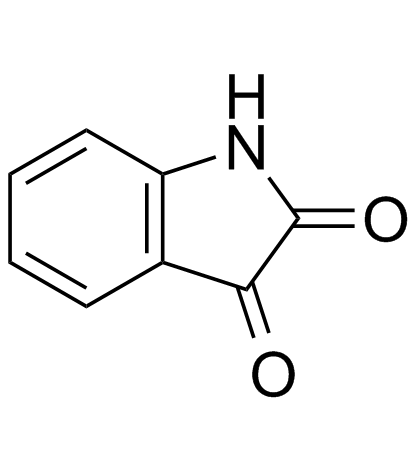 CAS#:91-56-5
CAS#:91-56-5 CAS#:607-19-2
CAS#:607-19-2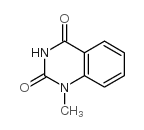 CAS#:604-50-2
CAS#:604-50-2 CAS#:59870-43-8
CAS#:59870-43-8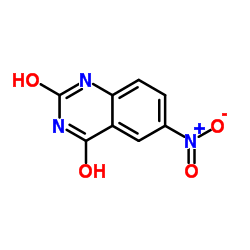 CAS#:32618-85-2
CAS#:32618-85-2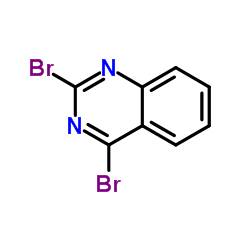 CAS#:872998-61-3
CAS#:872998-61-3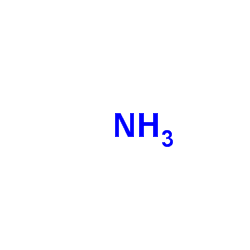 CAS#:7664-41-7
CAS#:7664-41-7 CAS#:7732-18-5
CAS#:7732-18-5 CAS#:607-69-2
CAS#:607-69-2
